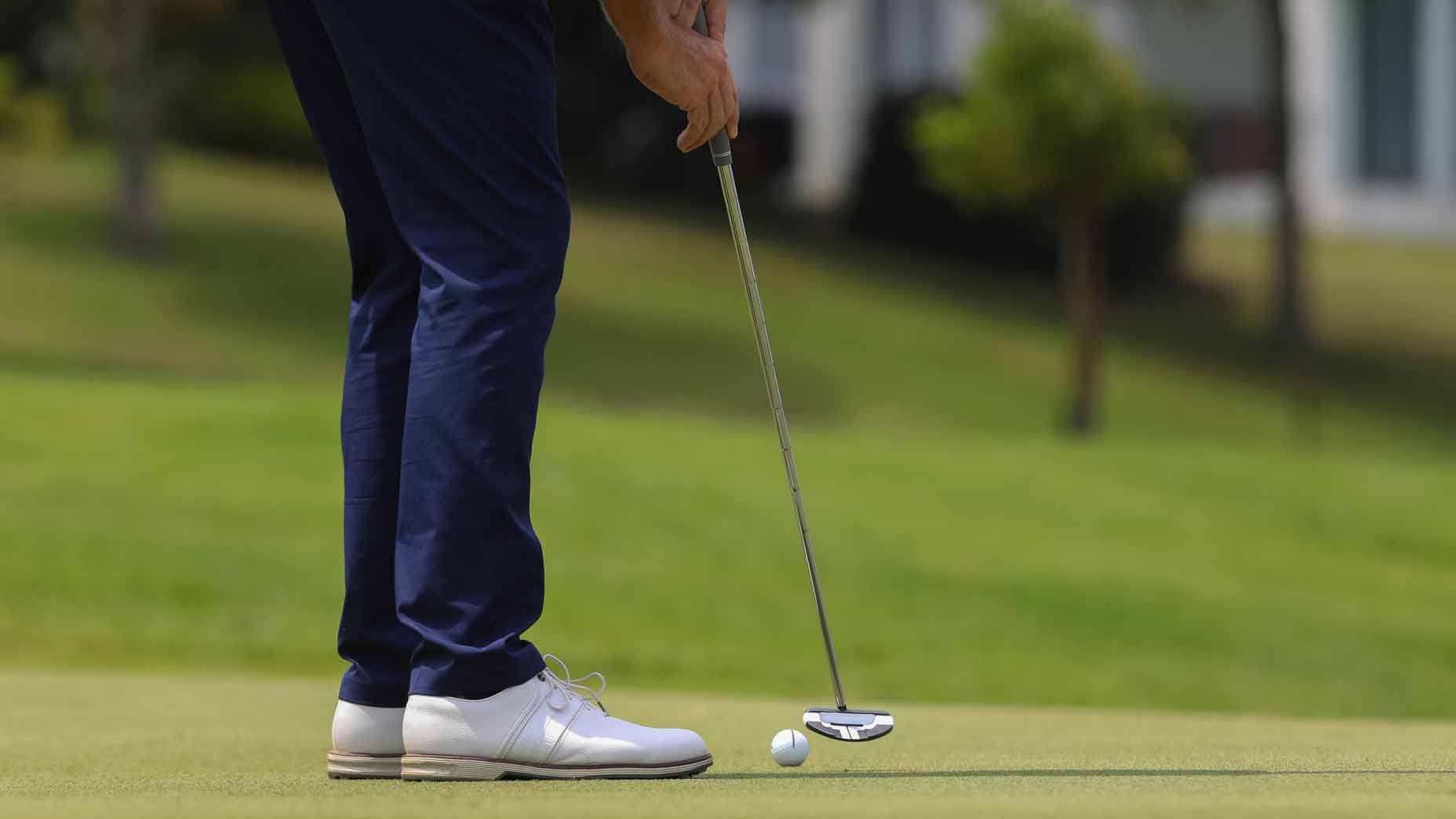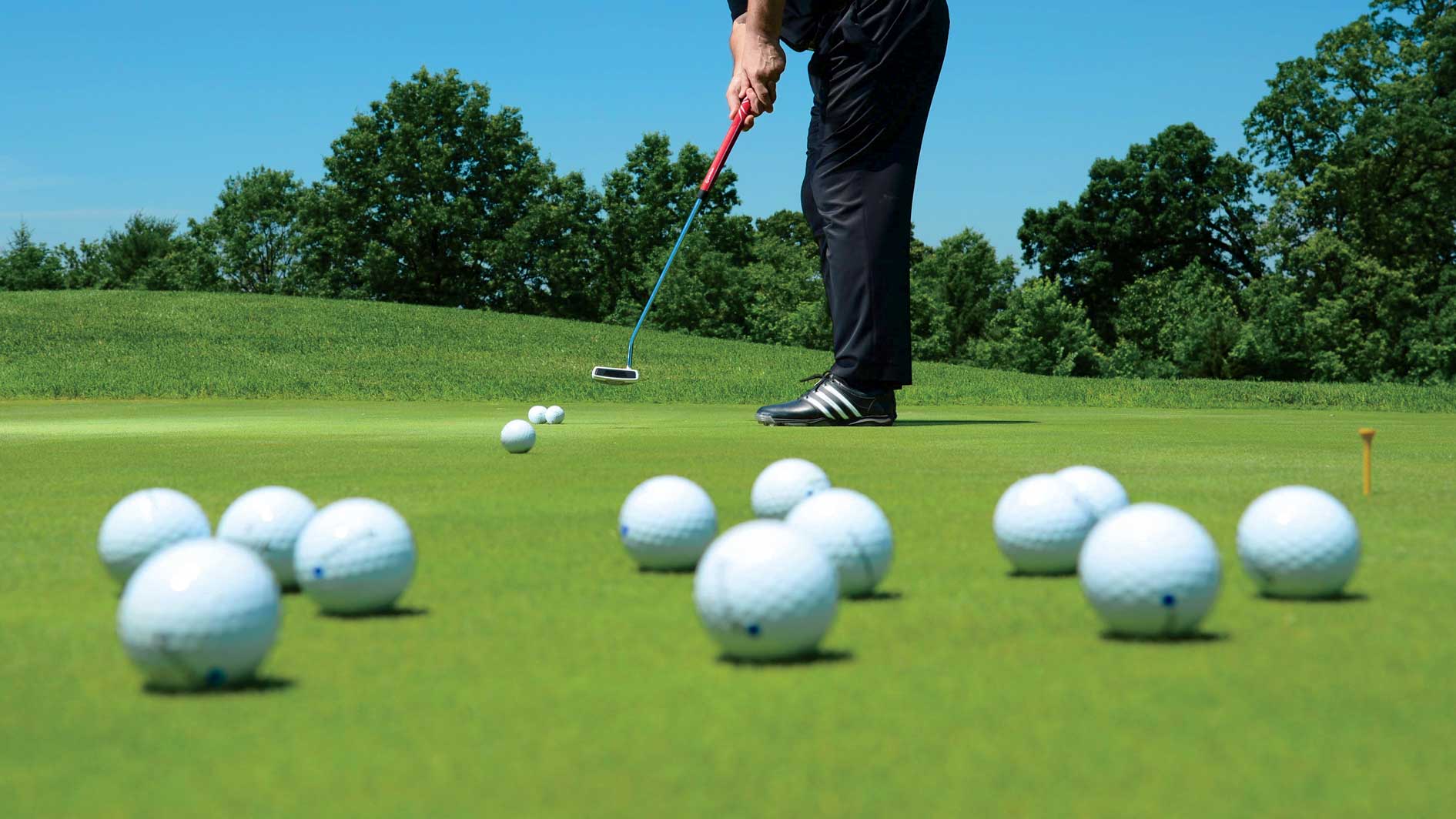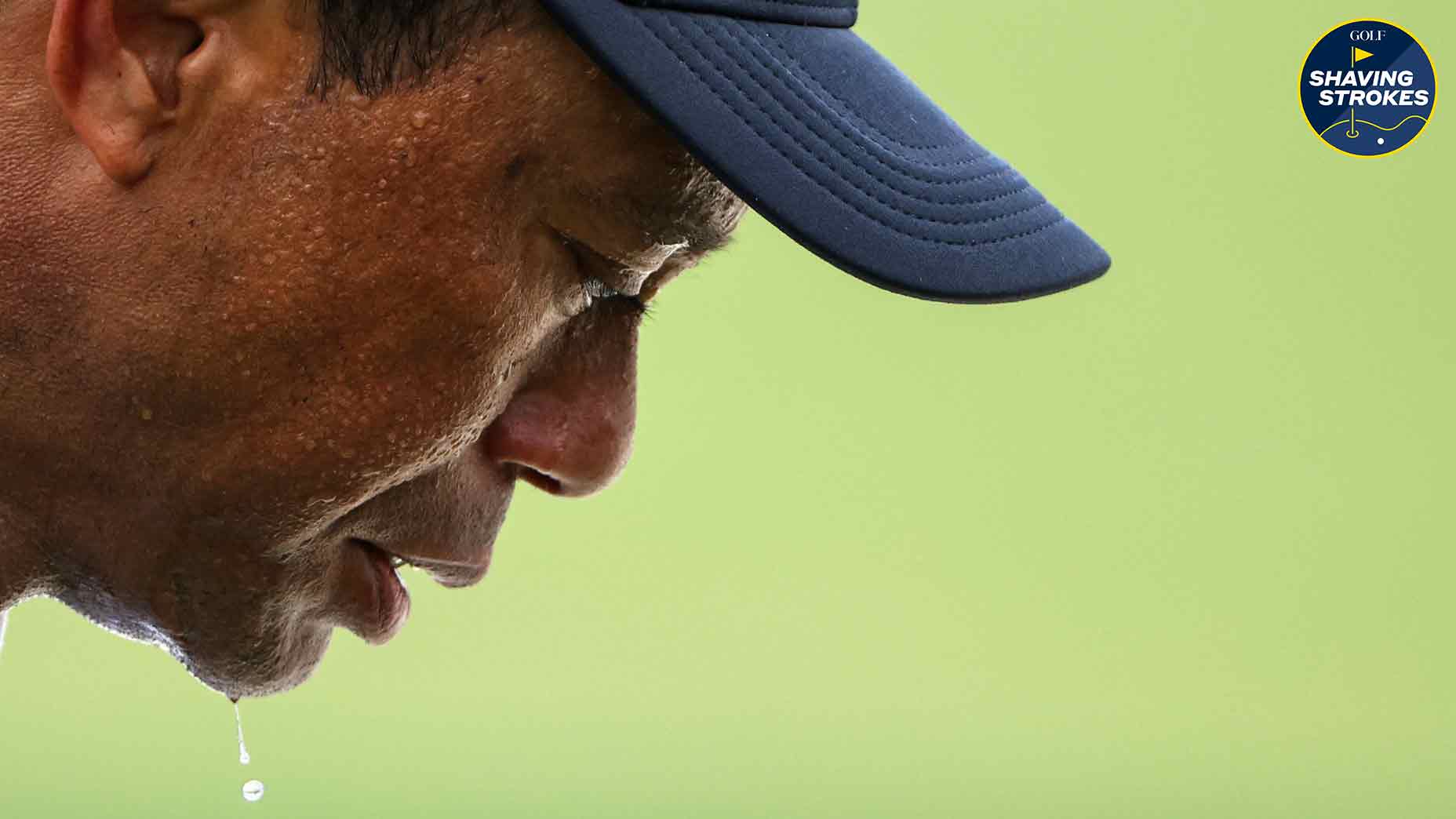Gain the ultimate confidence with this 5-step putting practice routine

This putting practice routine will have you beaming with confidence before your next round of golf.
Getty Images
If there’s one thing I’ve personally learned throughout my years of playing golf, it’s this: Putting practice prior to teeing off will make a round much more enjoyable.
Sure, back in my younger days I’d grab my driver, head to the range and just try to bomb it as far as I could, but that’s when I hadn’t a clue of how to actually play the game.
These days, not only do I stick to the same process before each round, but I actually spend most of my time on the putting surface beforehand, hoping to feel the speed of the greens while gaining confidence in my stroke.
So why is a little extra putting practice always important?
As any great golfer will tell you, it’s because putting can be the great equalizer.
Say you snap hook or slice a tee shot but still want to try and save par. When your putting is on point, that’s possible. If not, it feels as if your entire game is lost.
In order to help every golfer get comfortable on the greens before a round, GOLF Teacher to Watch Mike Bury recently shared a five-step putting practice routine to try out. While it’ll take some time to master, it’ll also help ignite your competitive juices, getting you into “beast mode” as you make your way to the 1st tee.
Try this putting practice routine
Start with putts from within 3 feet
Pro golfers make roughly 99% of their 3-foot putts, meaning every amateur golfer needs to make these nearly automatic if they’re hoping to shave strokes off of their scorecard.
As Bury states in his social media post above, make 10 putts in a row from this distance to get started. By doing so, you’ll see the ball drop into the cup, which should increase your confidence.
Lag putting practice
In order to feel the speed of the greens, Bury recommends working on some lag putting to a practice hole of your choice. All you need to do is hit three balls, one putt each — as the result itself doesn’t matter while practicing.
Putting Alignment Mirror
$27.99 (was $39.99)
View Product
More lag putting (but on a different set of practice holes)
OK, so you’ve mastered the 20-footer from the right side of the practice green, but do you have what it takes to conquer the left side (which may have different undulation than on the opposite side)?
By changing up your target area, you’ll force yourself to read the green and adapt to new speed control — which will come in handy when you’re out on the course.
Last leg of lag putting
Getting tired of all the lag putting practice? By adding one final leg of this, you should give yourself a variety of looks and feels, allowing you to get a sense of downhill putts, uphill putts and side-sloping putts.
In essence, you should feel a bit uncomfortable each time you move to a different spot on the practice green, as it’ll help mimic the same experience you’ll deal with on different holes during your round.
Finish with more 3-foot putts
Hopefully you’re starting to feel good with the flat stick, so now it’s time for some reinforcement.
Bury recommends sinking five-straight putts from within that 3-foot radius, just as an extra confidence booster before going to tee off. If you have time, don’t limit yourself, as more practice will only help in the long run.













